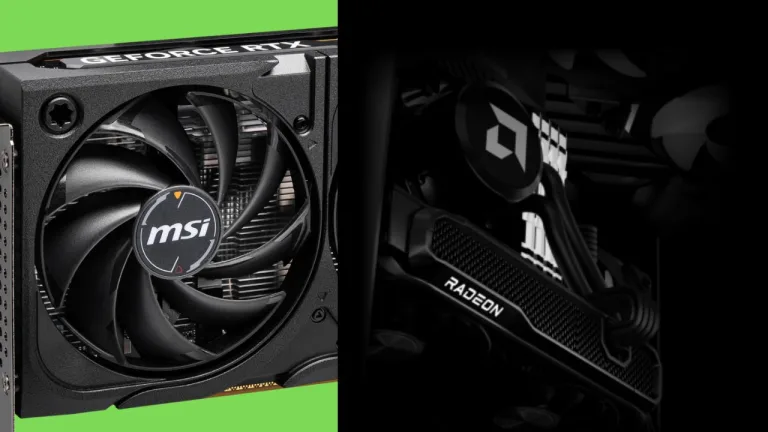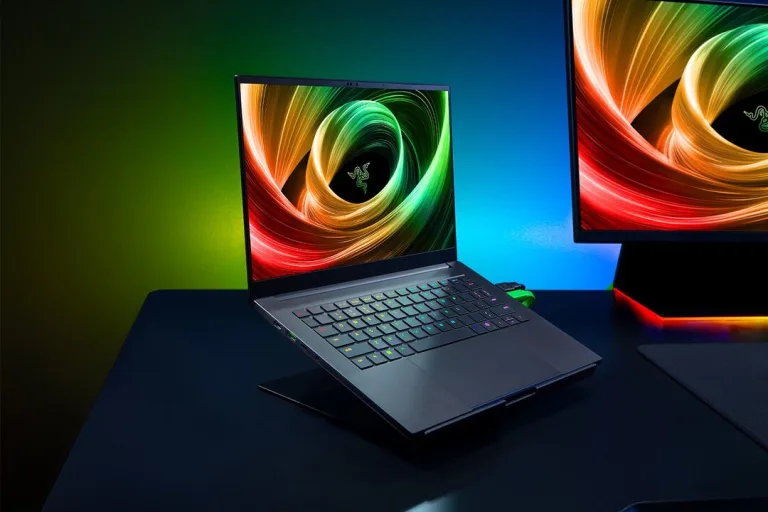Computex 2025 has been a battleground for the latest mid-range graphics cards, with NVIDIA unveiling the RTX...
Computex 2025
Computex 2025 has brought a wave of exciting announcements, and among them, Razer has officially unveiled the...



